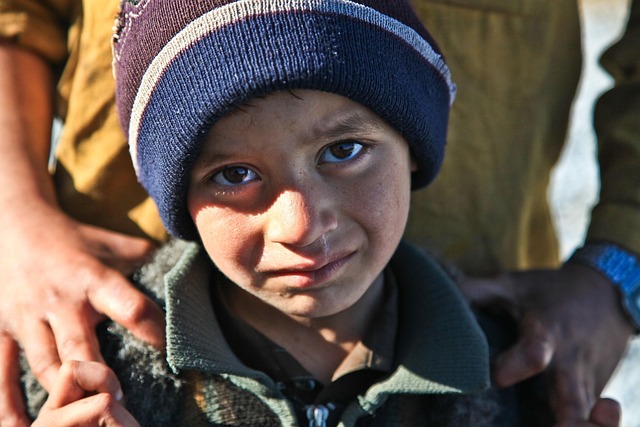
In the Face of Climate Change: Uncovering Vulnerability in Extreme Weather
In the Face of Climate Change: Uncovering Vulnerability in Extreme Weather
As we navigate through the 21st century, the alarming reality of climate change looms over us. We witness extreme weather events wreaking havoc on our environment, leaving behind trails of destruction and, inevitably, highlighting the theme of vulnerability. Our planet, once a haven of balance and beauty, now increasingly displays signs of a fragility that affects not only ecosystems but also our communities and, ultimately, ourselves.
Imagine a community nestled in a valley, rich with culture and history, that suddenly finds itself under siege by relentless floods. The homes that once stood proudly are now submerged, and with them, memories and dreams dissolve into murky waters. This catastrophic event is not just an unfortunate occurrence; it is a stark reminder of how vulnerable we are to shifting climate patterns. It’s a chilling thought — that Mother Nature, in all her glory, can become an unyielding adversary.
In the context of the environment, the call for resilience has never been louder. Scientists report on the increasing frequency and severity of extreme weather, offering data and projections that suggest this is only the beginning. Hurricanes intensify, heatwaves blister, and droughts stretch on, leaving communities to grapple with the psychological and physical fallout. The heartbreaking truth is that while some regions maintain access to resources and technology for adaptation, others grapple with inadequate infrastructure, further deepening their vulnerability.
Climate change does not discriminate. Its impacts can be felt across urban and rural locales alike, but it is those who are already marginalized—low-income families, minorities, the elderly—who often bear the brunt of its wrath. Displacement caused by extreme weather leads to a ripple effect: loss of homes, livelihoods, and even lives. Each storm that descends or drought that stretches for weeks serves as a reminder that our societal systems may not be resilient enough to handle the burden of nature’s fury. It emphasizes the importance of becoming advocates for those whose voices are often silenced in the conversations surrounding climate policy and environmental protection.
We must foster empathy towards each other’s experiences. When we witness the devastation caused by extreme weather somewhere in the world, it transcends geographical boundaries. It connects us all on an emotional level; we begin to realize that our vulnerabilities, while distinctly different, still unite us in this shared struggle against a changing climate. Acknowledging this shared sense of vulnerability can ignite a collective desire to champion sustainable practices and hold ourselves accountable for environmental stewardship.
As we strive to uncover the layers of ours and others’ vulnerability in the realm of extreme weather, let us not forget that awareness can lead to proactive measures. It calls us to advocate for improved infrastructure, support for at-risk communities, and a more robust, inclusive dialogue on climate change. Only by working together can we hope to build a future that is not defined by our fragility but rather by our resilience and capacity for change. Every effort counts in the fight against climate change, and every conversation matters as we learn to face our vulnerabilities head-on.



